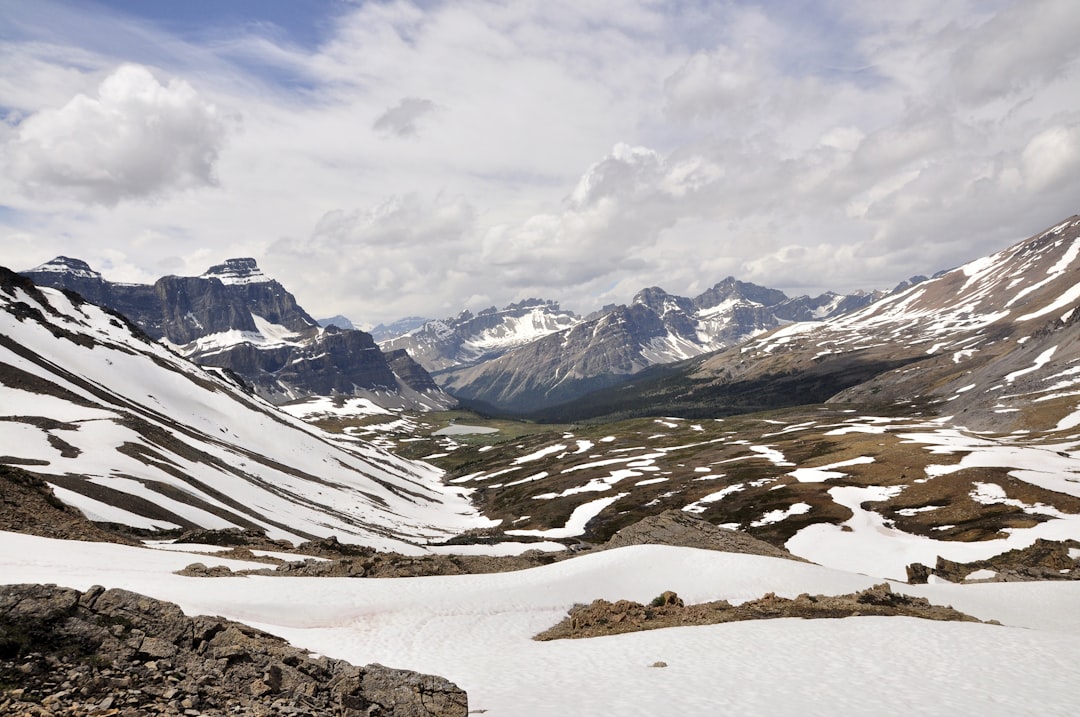What is it about?
When a drop of liquid touches a cold surface, it freezes. The colder the surface, the quicker it freezes. Our study investigated what happens when droplets hit an icy pile of sand. We discovered that it takes much longer for the droplet to freeze when the material is very cold. A layer of ice forms upon contact, separating the liquid body from the cold sand as if the droplet dislikes the sandy target. This rapidly built but thin layer of ice is responsible for the counterintuitive delay in freezing and leads to interesting changes in how the droplet spreads, creates satellite drops, and forms craters in the cold target.
Featured Image

Photo by Jason Mitrione on Unsplash
Why is it important?
We discovered a mechanism for reducing frozen adhesion and shedding the stress erosion on the target. We also found that a layer of cold grains on a surface can replicate these effects. Our research presents a scenario where the freezing and dynamics of the droplet are interconnected and highlights various possibilities for controlling the freezing process.
Perspectives
This research project is like an adventurous journey for us, during which we have developed a new apparatus from scratch. Right from the beginning of the project design, I anticipated some counterintuitive outcomes because of the potential coupling between the thermal and dynamic processes. As we progress, surprises continue to emerge. I was particularly caught off guard by the subtle yet fascinating change in the mechanical response of the sand pile at different temperatures. The process of seeing the whole picture through this puzzle has been very delightful.
Song-Chuan Zhao
Read the Original
This page is a summary of: Cold granular targets slow the bulk freezing of an impacting droplet, Proceedings of the National Academy of Sciences, January 2024, Proceedings of the National Academy of Sciences,
DOI: 10.1073/pnas.2311930121.
You can read the full text:
Contributors
The following have contributed to this page










